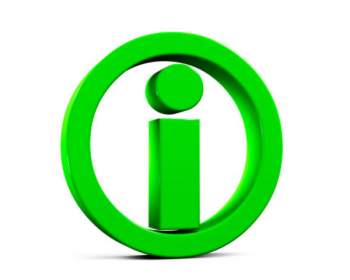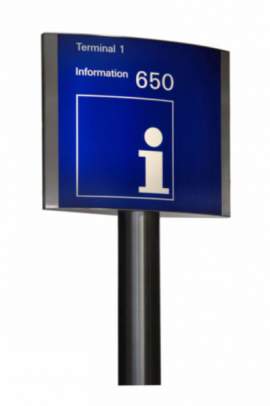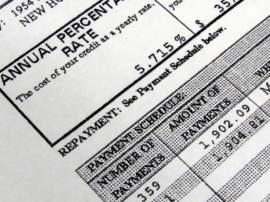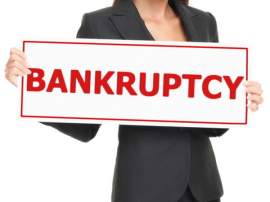
Don't Put Down Collateral Before You Read This

Related Forms
Schedule B - Personal Property
Schedule C - Property Claimed as Exempt
Schedule D - Creditors Holding Secured Claims
Schedule E - Creditors Holding Unsecured Priority Claims
Schedule F - Creditors Holding Unsecured Nonpriority Claims
Schedule G - Executory Contracts and Unexpired Leases
Schedule I - Current Income of Individual Debtor(s)
Schedule J- Current Expenditures of Individual Debtor(s)
Summary of Schedules (Includes Statistical Summary of Certain Liabilities)
View All
When a bank or a credit union grants an applicant a loan, it is taking a quantifiable financial risk. In many cases, lenders allow a consumer to borrow money based solely on the pledge that he/she will repay any debt that is accrued. If the debtor fails to compensate his/her creditors for the purchases that he/she has made, the lender will lose money. In order to address this risk, many lenders will only grant a secured loan.
When an individual is extended secured credit, he/she is required to provide the lender with collateral. Generally, this will be the borrower's home or motor vehicle. When a creditor authorizes a secured loan, they will gain a fragment of the claim to a borrower's property. If an individual fails to pay the debt that he/she owes, the creditor may repossess the property that has been offered as collateral. Therefore, if an individual has allocated his/her home as collateral for secured credit and fails to make payments on the debt that has been accumulated, the debtor's home can be seized by the lender. The home will be sold in order to compensate the lender for the money that they lost.
While unsecured credit usually comes in the form of small credit lines, such as credit cards, a secured loan is generally utilized when a debtor is seeking credit for a large purchase. For example, when an individual is purchasing a home, he/she will be required to obtain secured credit in the form of a home mortgage loan.
NEXT: Financial Intermediation



















